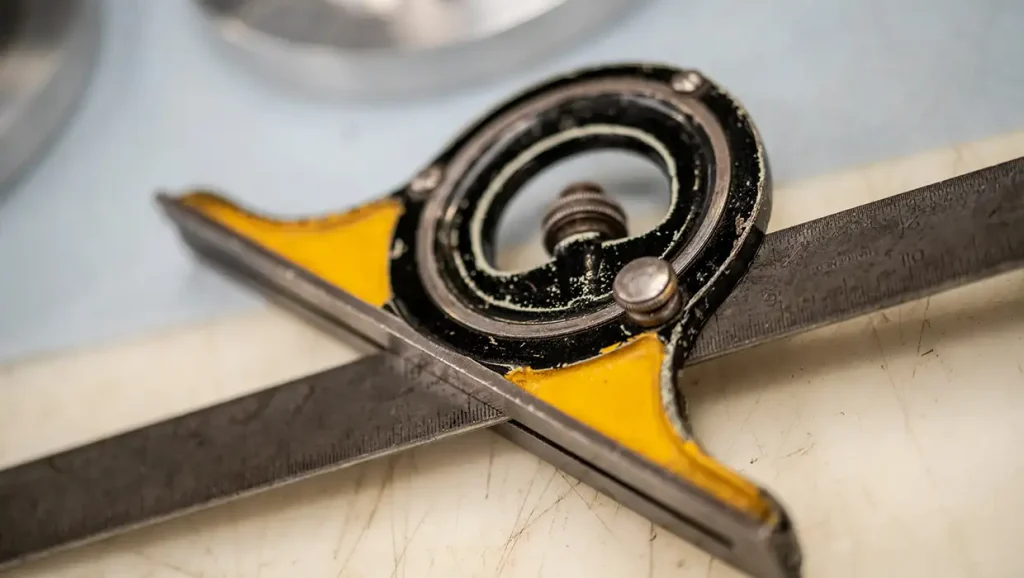General FAQs
Software FAQs
Stepper Motor FAQs
Two reasons:
- Current flows through the motor windings even at standstill.
- PWM drive designs tend to make the motor run hotter. Motor construction, such as lamination material and riveted rotors, will also affect heating.
This is most likely to happen with full step systems. Adding inertia lowers the resonant frequency, and friction tends to damp out resonance. Start/stop velocities higher than the resonant speed will help. Changing to a half step, ministep or microstep drive will also minimise any resonance.
An additional phenomena of stepper systems can be midrange instability. This varies in severity with the nature of the load being driven. It generally sets in at step rates of 1200 to 3000 full steps/second (6 to 15 revolutions per second). The oscillation itself is in the 50-150 Hz range, and often builds in amplitude over a number of cycles, causing a stall condition within 0.1 to 1 second. Unlike the fundamental motor resonance, half stepping and microstepping do not alleviate the problem.
Our bipolar microstepping drives completely suppress midrange resonance, by sensing the deviation from intended position and electronically introducing viscous damping to counteract the effect. This ‘injection’ allows the motor torque to be used for accelerating the load, instead of being wasted on spurious oscillations.
- it provides increased resolution without a sacrifice in top speed
- it provides smoother low speed motion.
- torque per microstep = motor holding torque x sine(90 degrees/SDR)
- where SDR is the step division ratio.
Several factors could be influencing the results. The motor has magnetic hysteresis that is seen on direction changes, this is of the order of 0.03∞.
Any mechanical backlash in the system will create positional errors. A step pulse occurring before the direction signal is established will cause an error.
If you are looking for a dedicated partner to work alongside for your electro-mechanical motion project, get in touch.
We’ll work with you to develop the best solution for your specific challenge, no matter how complicated.
Arrange a visit and meet the team:

